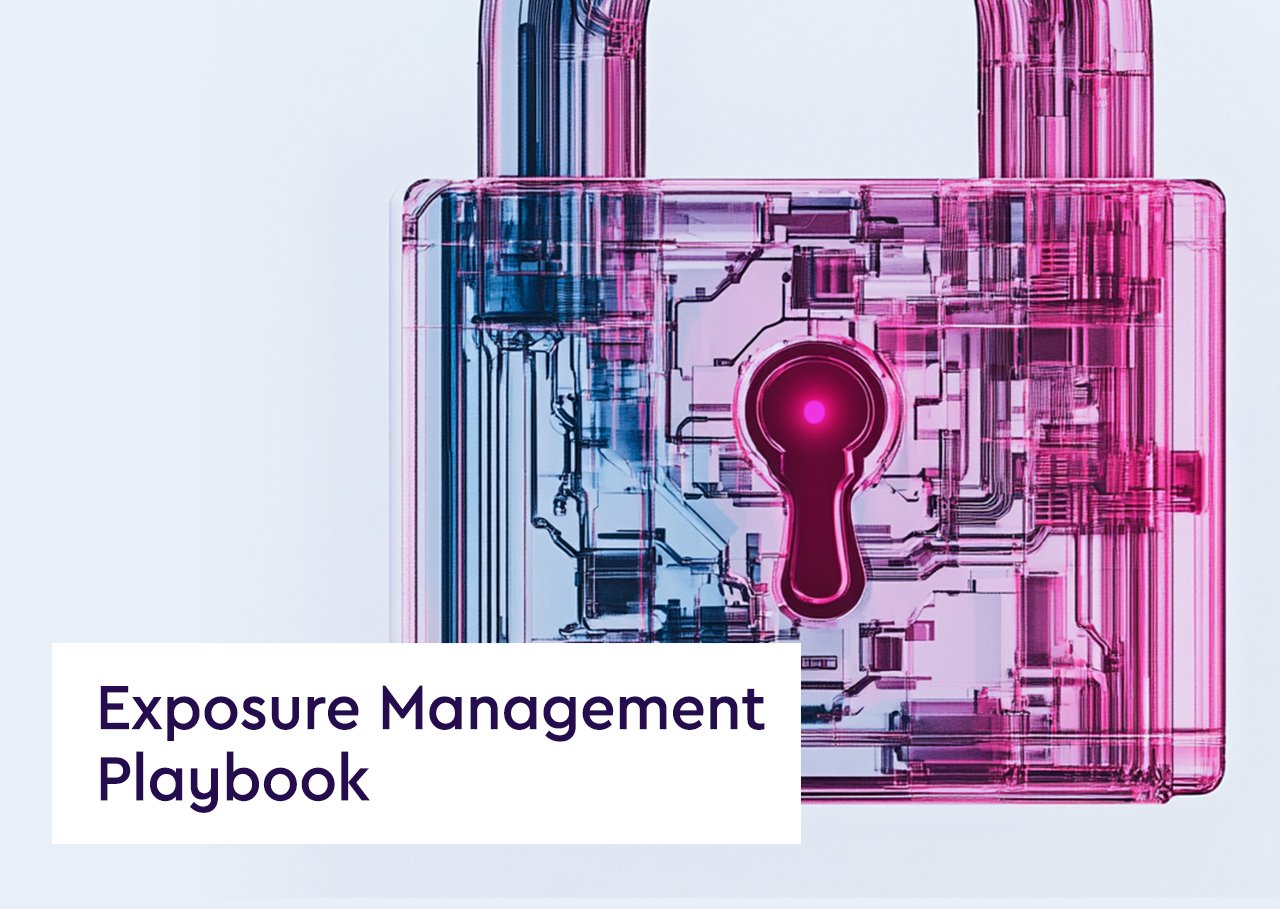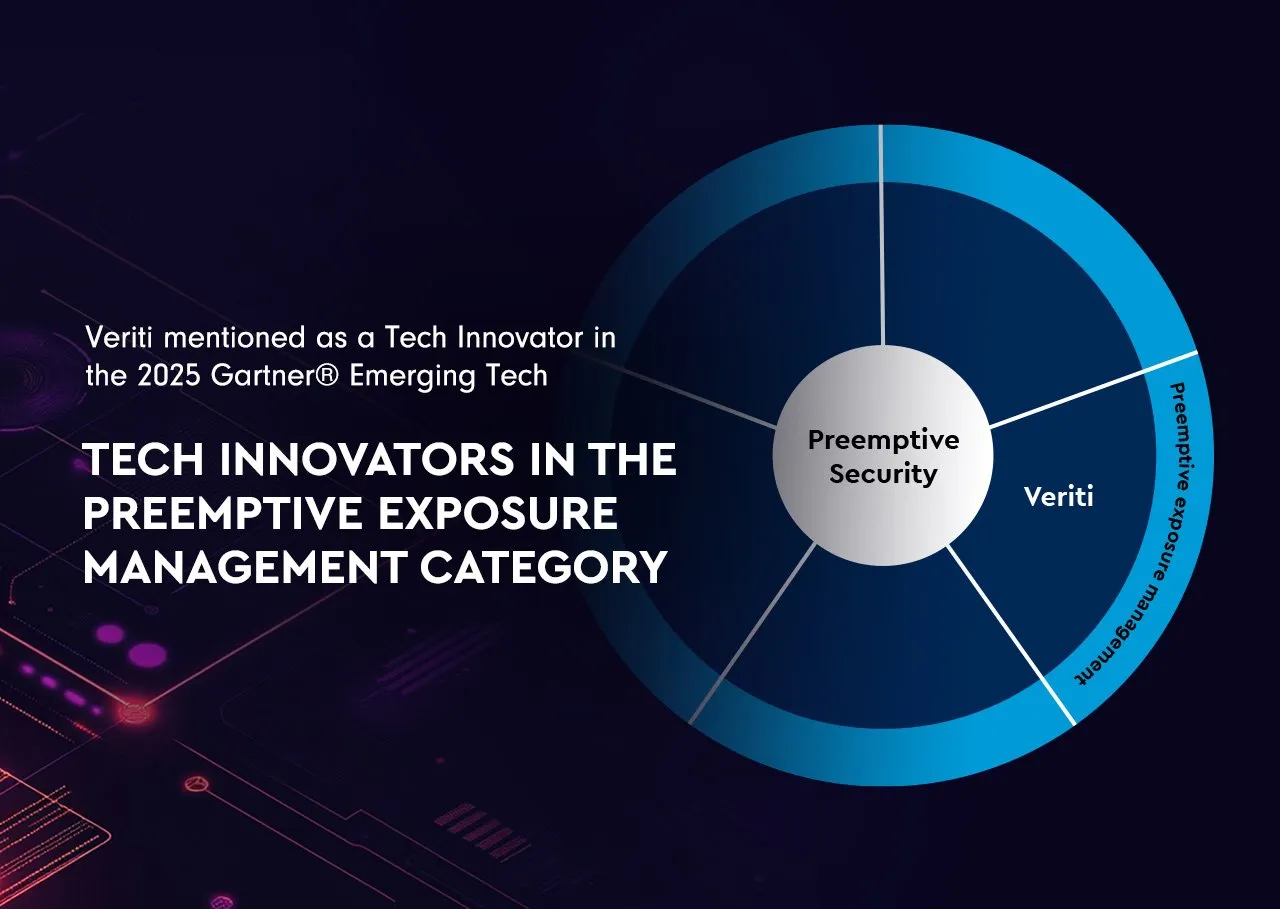Definition: MITRE ATT&CK (Adversarial Tactics, Techniques, and Common Knowledge) is a globally-accessible knowledge base of adversary tactics and techniques based on real-world observations of cybersecurity threats. Developed by MITRE, a nonprofit organization that operates research and development centers sponsored by the federal government, ATT&CK is used as a foundation for developing threat models and methodologies in the cybersecurity community, helping organizations to better understand security risks and to improve their threat detection and response capabilities.
Purpose of MITRE ATT&CK:
- Threat Modeling: Provides a comprehensive matrix of tactics and techniques used by threat actors, which helps organizations in modeling potential threats.
- Security Assessment: Assists in assessing an organization’s security posture by identifying potential vulnerabilities and the techniques that might exploit them.
- Enhanced Detection and Response: Guides the development of more effective detection and response strategies by detailing adversary behavior and associated indicators.
Key Components of MITRE ATT&CK:
- Tactics: Represent the “why” of an ATT&CK technique. It refers to the adversary’s tactical objective, such as gaining initial access, executing commands, or exfiltrating data.
- Techniques: Detail “how” an adversary achieves a tactical objective by describing the action taken, such as spear phishing, exploiting a vulnerability, or credential dumping.
- Mitigations: Suggest ways to prevent an adversary from executing techniques or to limit their impact.
- Indicators of Compromise (IoCs): Offer insights into the specific telltale signs that a technique has been used or that a system compromise has occurred.
Applications of MITRE ATT&CK:
- Cyber Defense: Enhances an organization’s ability to prepare for, detect, and respond to cyber attacks.
- Red Teaming and Penetration Testing: Utilized by red teams to simulate known threat techniques and by blue teams for defensive preparations.
- Security Product Benchmarking: Used by security vendors to benchmark and improve their products based on the comprehensive list of techniques and tactics.
Challenges in Implementing MITRE ATT&CK:
- Complexity: The framework is comprehensive and can be complex to implement without adequate expertise.
- Dynamic Threat Landscape: Continuously updating and adapting strategies based on the evolving tactics and techniques detailed in the ATT&CK framework.
- Resource Intensive: Requires significant resources to effectively integrate and maintain alignment with ATT&CK in organizational security practices.
Best Practices for Using MITRE ATT&CK:
- Continuous Learning and Adaptation: Regularly update and train security teams on the latest tactics and techniques described in MITRE ATT&CK.
- Integration with Security Tools: Integrate ATT&CK framework data with security tools for improved contextual awareness and response capabilities.
- Collaborative Sharing: Engage in community and industry sharing of insights and strategies related to ATT&CK implementations for collective defense improvement.
The MITRE ATT&CK framework is a vital tool in the cybersecurity arsenal, offering structured and detailed information on adversary behaviors and effective countermeasures. By incorporating ATT&CK into their security strategies, organizations can enhance their ability to anticipate, prepare for, and mitigate cybersecurity threats, fostering a more resilient security posture.




